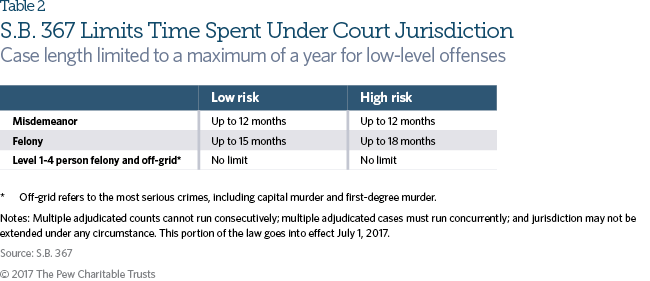

Inmates with opioid use disorders particularly pose a challenge. However, only a small percentage of those who need treatment while behind bars actually receive it, and often the treatment provided is inadequate. By engaging in a continuing therapeutic process, people can learn how to avoid relapse and withdraw from a life of crime. To be effective for this population, treatment must begin in prison and be sustained after release through participation in community treatment programs. What are the challenges in addressing substance use disorders in this population?

Inadequate treatment while incarcerated also contributes to overdoses and deaths when inmates leave the prison system. Treatment while in jail or prison is critical to reducing overall crime and other drug-related societal burdens-such as lost job productivity, family disintegration and a continual return to jail or prison, known as recidivism. 1ĭecades of science shows that providing comprehensive substance use treatment to criminal offenders while incarcerated works, reducing both drug use and crime after an inmate returns to the community. Another 20% percent did not meet the official criteria for an SUD, but were under the influence of drugs or alcohol at the time of their crime. While the exact rates of inmates with substance use disorders (SUDs) is difficult to measure, some research shows that an estimated 65% percent of the United States prison population has an active SUD. The substantial prison population in the United States is strongly connected to drug-related offenses.


 0 kommentar(er)
0 kommentar(er)
